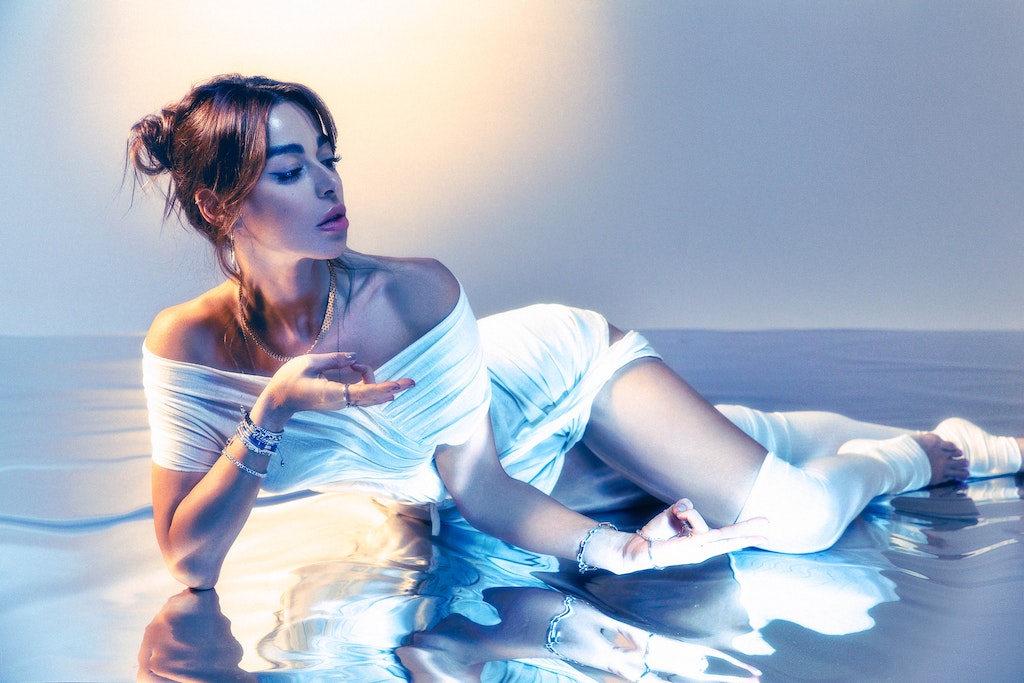Such is life in the way of fools
The blade slides down his throat, making the audience shudder with excitement. Every night the same show, the same trick performed over and over again until all thrill is drained from the gesture. The repetition of the vowel “O” as a manifestation of surprise of the beholders as his hand edges closer and closer to his lips, fingers locked on the sword’s hilt. Under the stage lights, a sudden glint of light from the audience breaks the state of absolute ataraxia he has trained for all his life, and suddenly an involuntary contraction of the throat causes the muscles to tighten around the blade’s sharp edge. He starts to flinch—there shouldn’t be room for such an amateur mistake. That machine, his body, has been compromised by his own fallibility. He feels something break inside him, and it’s as if he can see it: a thin stream of blood running down the tip of the blade. But isn’t this, perhaps, the most glorious death for a freak like him? A life in the shadows ended beneath the spotlight of a forgotten circus, which will replace him just as swiftly as he is slipping away. Via stultorum talis est vita. Such is life in the way of fools.
From the underground with flamboyance
In John Dunivant’s painting, the subject of the sword swallower—prominent in the freak shows of the last century—is revisited. His precise anatomy, along with the frame in which he is set, evokes the iconography of saints: a Saint Sebastian who self-inflicts a potentially fatal act, an action that grants him an ecstatic moment suspended between life and death. The painting is one of many works featured in the group show Carnival, held at Jeffrey Deitch’s New York gallery at 18 Wooster Street. Curated by artist Joe Coleman, the exhibition begins with the premise that, like the freaks who once filled the circus tents, the artist has always been condemned to a marginal position in society—a role often perceived as superfluous and frequently marked by a life lived outside the bounds of normality, far from the rhythms of socially acceptable existence. Spectacle, free expression and all forms of rebellion are thus central to this show. In a deliberately suffocating setup, saturated with visual stimuli and images ranging from the grotesque to the violent, Carnival brings together a multitude of voices and artistic practices that, in their layered complexity, form a polyphony of echoes. These works give shape to desires, fantasies, and fears that seem to rise from the underground: a world ruled by subcultures, as flamboyant as it is steeped in shadow.
 https://www.nastymagazine.com/wp-content/uploads/2022/08/PFAHK-201690-HR.jpg
1600
1066
admin
https://www.nastymagazine.com/wp-content/uploads/2015/02/new-logo-basker-WHITE4.png
admin2022-08-05 10:28:422022-08-04 14:05:48Kembra Pfahler / Sound Off
https://www.nastymagazine.com/wp-content/uploads/2022/08/PFAHK-201690-HR.jpg
1600
1066
admin
https://www.nastymagazine.com/wp-content/uploads/2015/02/new-logo-basker-WHITE4.png
admin2022-08-05 10:28:422022-08-04 14:05:48Kembra Pfahler / Sound Off















